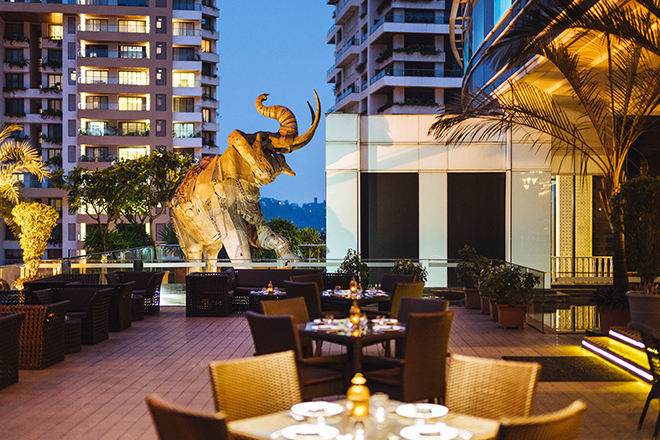The story of successful hotel design
So what do Sofitel Mumbai, Pullman Fiji, and ibis Styles Surabaya all have in common? Their designer, the talented and eclectic Isabelle Miaja. Miaja’s international interior design firm provides hospitality design solutions for luxury brand hotels and resorts, corporate developments and high-end residential clients around the world. The designer has lent her inspiration to the construction of several Accor properties across Asia Pacific, including the acclaimed SO/ Sofitel Singapore and the stunning Pullman Maldives Maamutaa.
Many different elements come into play when conceptualising a hotel design, so where does a designer such as Miaja begin to find the right inspiration for what’s to become a sought-after dwelling with the perfect balance of design, local, brand and concept?
The painter lets the brush run on the canvas, and the violinist lets the bow move on the strings – I do the same on paper.
- Isabelle Miaja, founder of Miaja Design Group
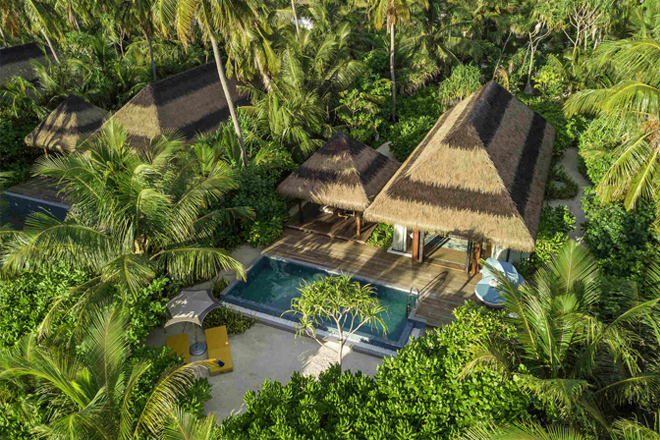
DRAWING INSPIRATION
I wanted Pullman Maamutaa to be distinctively recognised from the air. While flying over the atolls in seaplanes, travellers often enjoy spotting resorts; recognising each of them from their distinctive designs and shapes. Now Pullman Maldives is part of the Maldivian seascape, and I am very proud of that!
- Isabelle Miaja, founder of Miaja Design Group
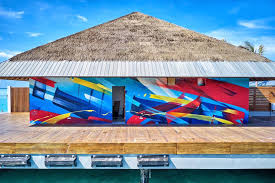
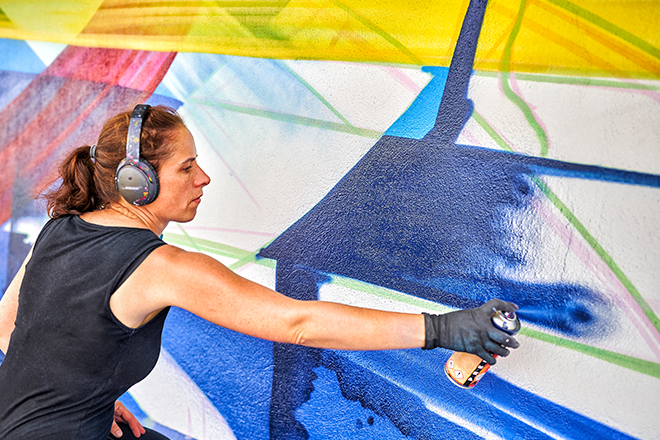
DIFFUSING LOCAL TOUCHES

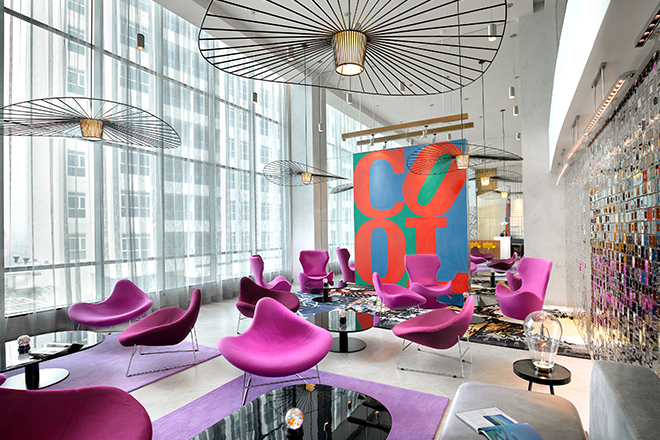
BRINGING ART INTO THE HEART OF A HOTEL
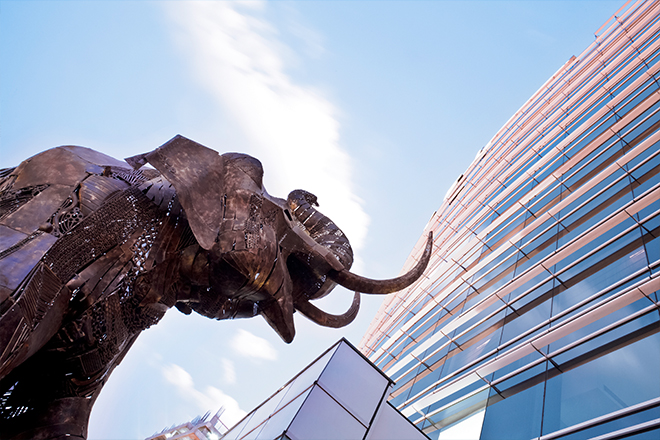
BUILDING RELATIONSHIPS THROUGH BUILDING HOTELS
